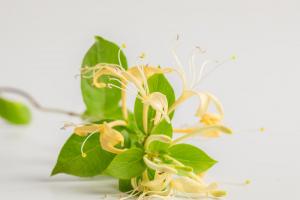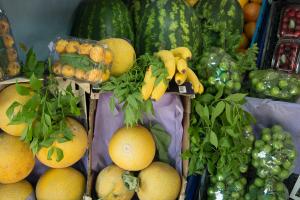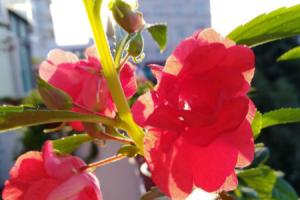Where Not to Plant Apple Trees
Apple trees are a popular choice for home gardeners and orchard owners. However, not all locations are appropriate for apple tree cultivation. Certain conditions can lead to poor growth, disease susceptibility, and reduced yields. To ensure success in apple cultivation, it's important to know where not to plant apple trees.
Don't Plant Apple Trees in Low-Lying Areas
Apple trees require well-drained soil to thrive. Planting apple trees in low-lying areas with poor drainage can lead to waterlogged soil, which can suffocate the roots and prevent nutrient uptake. In addition, moist conditions can increase disease susceptibility, especially fungal diseases such as apple scab and powdery mildew.
Avoid Planting Apple Trees in Areas Prone to Frost
Apple trees are susceptible to damage from frost, especially during bloom time. When temperatures dip below freezing, it can damage or kill the flowers and reduce the fruit yield. Avoid planting apple trees in low-lying areas or areas with poor air circulation, as these locations are more prone to frost. If you must plant apple trees in a frost-prone area, consider planting late-blooming cultivars or using frost protection measures, such as wind machines or heaters.
Avoid Areas with Heavy Foot Traffic
Apple trees have delicate roots that can be damaged by heavy foot traffic. Avoid planting apple trees in areas with heavy pedestrian traffic, such as near sidewalks or in the middle of walking paths. The pressure from people and equipment can compact the soil, damage the roots, and delay growth. Plant apple trees in areas with minimal foot traffic or consider using mulch or stepping stones to protect the roots from damage.
Avoid Areas with Competing Trees or Shrubs
Apple trees need plenty of light and space to grow and produce fruit. Planting apple trees in areas with competing trees or shrubs can reduce the amount of light and nutrients available to the apple tree. Over time, this can lead to reduced growth, poor fruit quality, and increased disease susceptibility. Choose a location with minimal competing vegetation, or plant apple trees in an orchard setting with proper spacing and pruning techniques.
Conclusion
Apple trees are a beautiful and rewarding addition to any landscape or orchard. However, proper location selection is critical to ensure optimal growth and yield. Avoid planting apple trees in low-lying areas, areas prone to frost, areas with heavy foot traffic, and areas with competing trees or shrubs. By choosing the right location, you can enjoy healthy apple trees and harvests for many years to come.

 how many times do yo...
how many times do yo... how many planted tre...
how many planted tre... how many pine trees ...
how many pine trees ... how many pecan trees...
how many pecan trees... how many plants comp...
how many plants comp... how many plants can ...
how many plants can ... how many plants and ...
how many plants and ... how many pepper plan...
how many pepper plan...

































